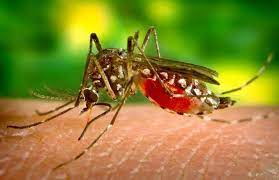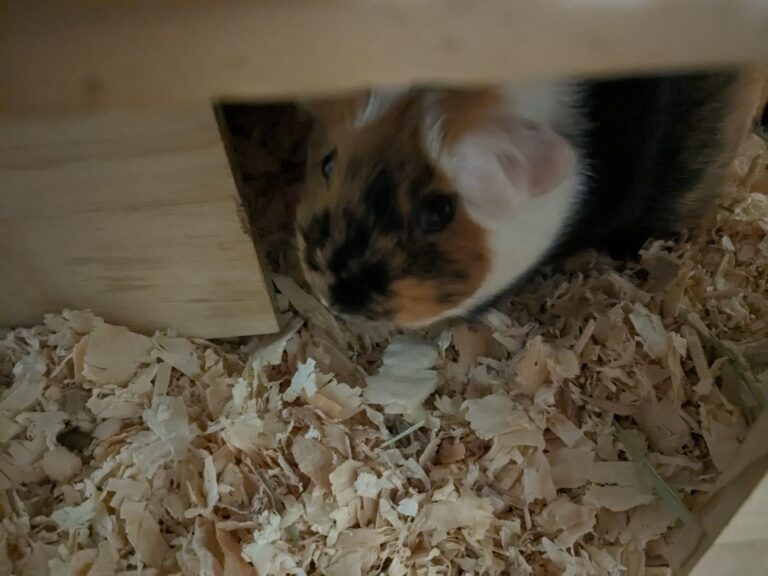A Beginner’s Guide to Keeping Butterflies as Pets
Butterflies, with their delicate beauty and graceful fluttering, have always held a special place in our hearts. Their vibrant colors and ethereal movements evoke a sense of wonder and awe, making them one of nature’s most captivating creations. While many might assume that these creatures are best left to roam free in the wild, it’s a delightful secret that you can invite these enchanting beings into your own life as cherished pets. In this comprehensive guide, we invite you to step into the magical world of butterfly keeping. Whether you’re taking your first tentative steps into this delightful hobby or you’re a seasoned enthusiast seeking to deepen your understanding, we’re here to be your trusted companions on this journey.
We’ll lead you through every aspect, from selecting the perfect butterfly species to creating a nurturing habitat, and from understanding their unique dietary needs to witnessing their miraculous life cycle. Along the way, we’ll share tips, tricks, and personal insights to ensure that your experience as a butterfly keeper is as joyful and rewarding as possible. So, let’s embark on this extraordinary adventure together, and discover the unparalleled joy that comes from nurturing and caring for these delicate wonders of the natural world.

Choosing Your Butterfly Species
Selecting the perfect butterfly species is the inaugural stride in your enthralling butterfly-keeping journey. Much like plants, each species has its own unique needs and characteristics. Fortunately, there are several varieties that are particularly well-suited for beginners, making them ideal choices for those just starting out. Among these are the iconic Monarchs, known for their majestic presence, the charming Painted Ladies, and the elegant Swallowtails, each with their own distinctive allure. To narrow down your selection, take a moment to delve into some research. Discover which species thrive in your specific region and climate. This will not only ensure the well-being of your butterflies but also create an environment in which they can flourish and thrive. Remember, every species has its own story to tell, and by choosing the right one, you’re embarking on a journey that promises to be as unique and enriching as the butterflies themselves.
Creating the Perfect Habitat
Creating the perfect haven for your butterflies is essential for their well-being and happiness. This haven, often referred to as a butterfly habitat, plays a pivotal role in their thriving. Think of it as their sanctuary, where they can flutter and explore in safety and comfort. When setting up your butterfly habitat, there are a few key considerations to keep in mind. Firstly, it should be well-ventilated, allowing for a steady flow of fresh air. This ensures that your butterflies can breathe freely and maintain their vitality. Additionally, ease of cleaning is paramount. A clean habitat not only promotes the health of your butterflies but also allows you to fully enjoy observing their behavior and interactions. Size matters, too. Your butterfly habitat should be spacious enough to accommodate the needs of your chosen species. Different butterflies have different flight patterns and space requirements, so tailor the size to suit them best. Mesh or netted enclosures are excellent choices for creating an ideal environment. They provide the perfect balance of security and visibility. The mesh allows for ample airflow while keeping your butterflies safely contained, preventing any unplanned escapes. With these elements in place, you’ll be well on your way to providing a nurturing and thriving habitat for your delicate companions.
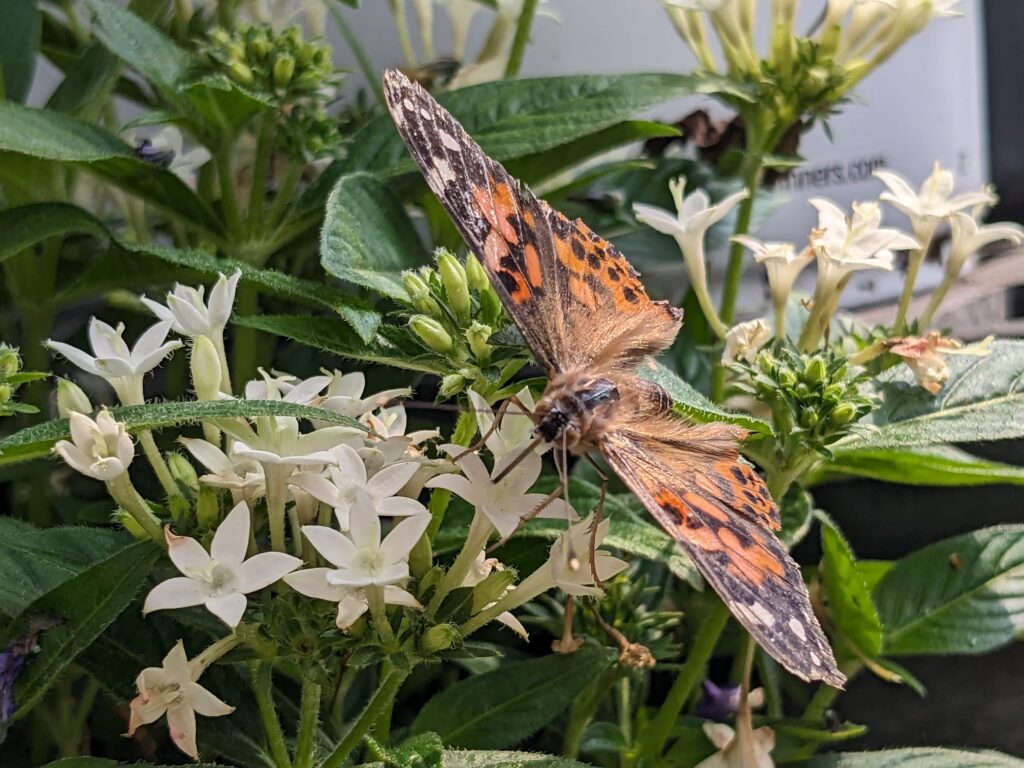
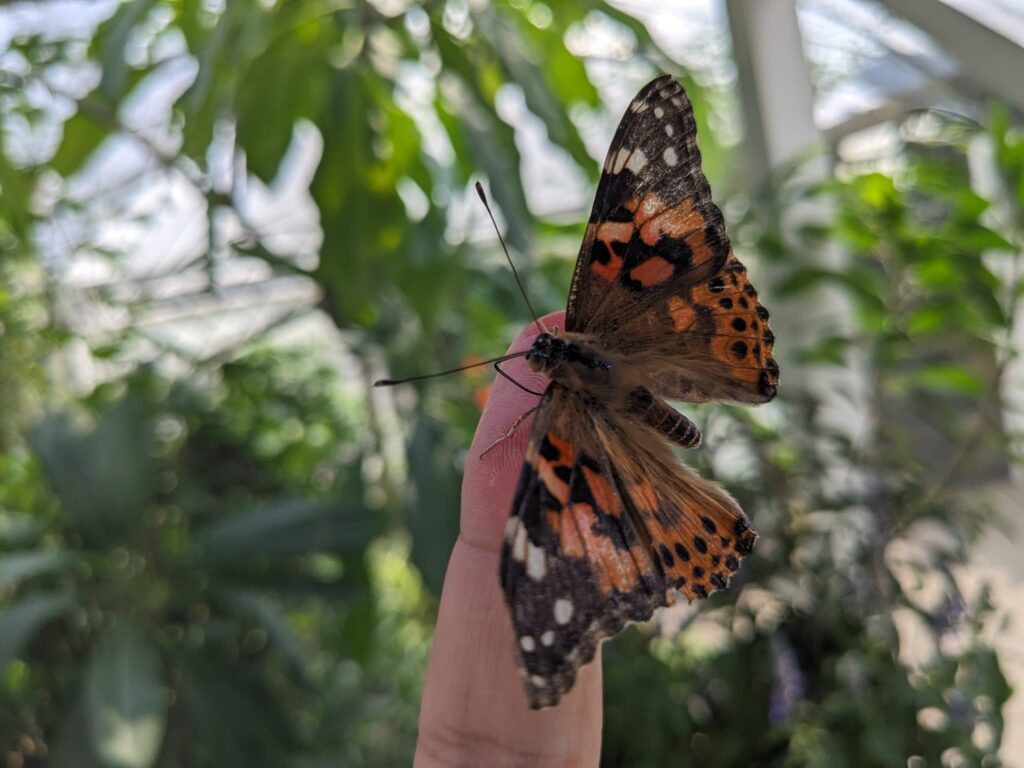
Feeding Your Butterflies
Ensuring that your butterflies receive the right nutrition is a cornerstone of their care. Like any living creature, a healthy and balanced diet is essential for their well-being and vitality. For adult butterflies, nectar is their primary source of sustenance. Providing a reliable supply of fresh flowers or a nectar-rich sugar water solution is paramount. Opt for a variety of flower types to cater to different species’ preferences, and be sure to replace them regularly to ensure a continuous supply. Here’s a list of some of the best flowers to attract and nourish these delicate creatures:
Milkweed (Asclepias): This is a crucial plant for Monarch butterflies. It’s the sole host plant for their caterpillars. There are different species of milkweed, so consider planting a variety to provide a continuous food source.
Butterfly Bush (Buddleia): As the name suggests, this plant is a magnet for butterflies. It offers clusters of nectar-rich flowers in various colors. It’s a favorite of many butterfly species.
Lantana: This plant blooms profusely and is a favorite for many species of butterflies. It comes in a range of vibrant colors and is easy to grow.
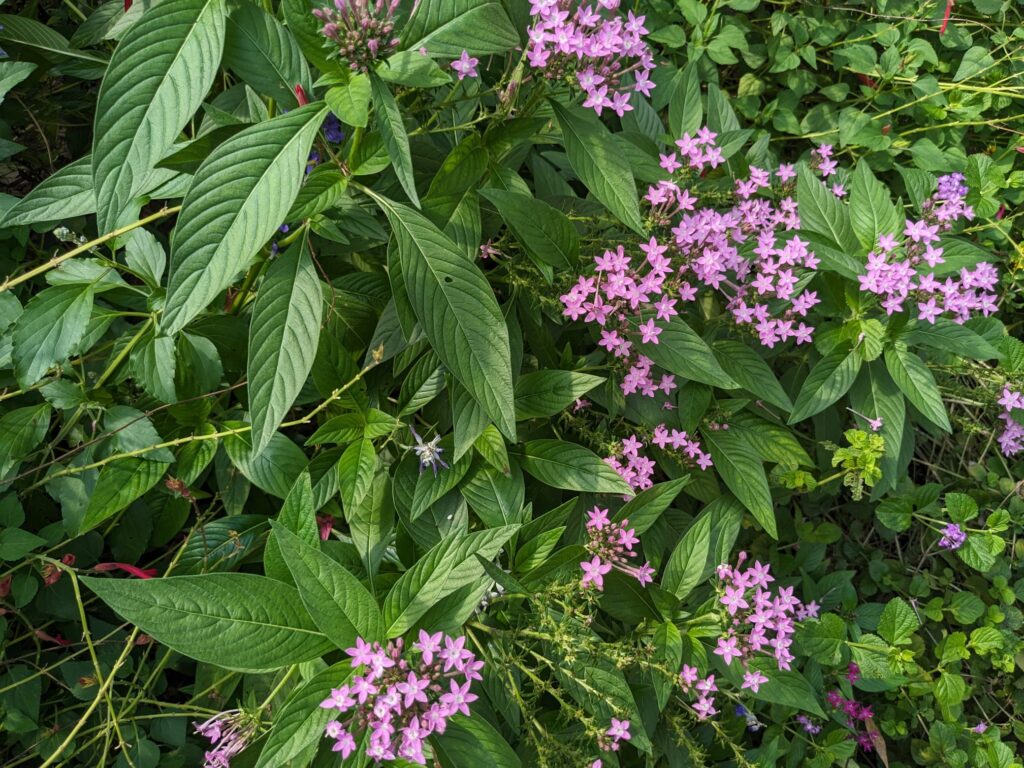
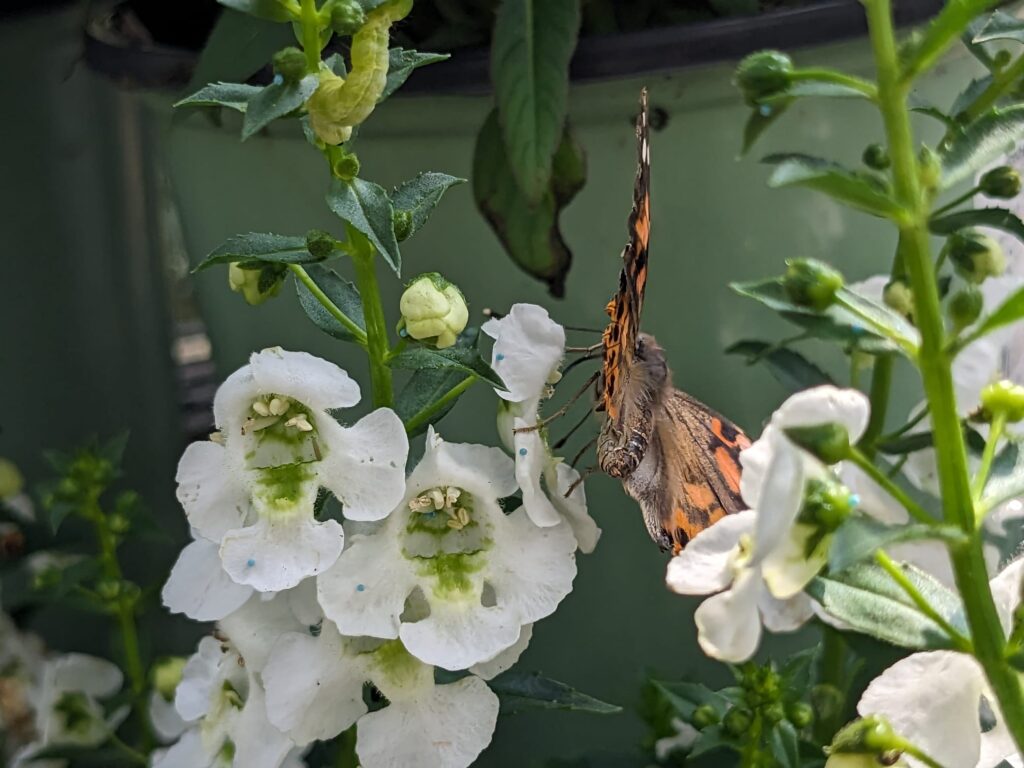
Zinnia: These colorful, daisy-like flowers are excellent for attracting butterflies. They provide a good source of nectar and come in a variety of heights and colors.
Coneflower (Echinacea): Known for its medicinal properties, this plant also attracts butterflies with its large, cone-shaped flowers. It provides ample nectar for feeding.
Phlox: Both garden and wild varieties of phlox are fantastic for butterflies. They produce abundant clusters of fragrant flowers, making them an excellent nectar source.
Verbena: This low-growing plant produces clusters of small, vibrant flowers that butterflies adore. It’s also a hardy plant that can thrive in various conditions.
Asters: These late-season bloomers are a crucial source of nectar for butterflies preparing for migration. They come in a range of colors and sizes.
Sedum: Also known as stonecrop, this succulent produces clusters of star-shaped flowers. It’s a late-season bloomer and provides a valuable late-season food source for butterflies.
Marigold: These bright, cheerful flowers are not only visually appealing but also a favorite among butterflies. They offer a good source of nectar.
Now, when it comes to caterpillars, they have specific dietary needs. They’re quite discerning eaters, often relying on particular plants known as host plants. Each species of butterfly has its own set of preferred host plants, so it’s crucial to do a bit of research. Identify which plants are best suited for the species you’re caring for, and cultivate them in or around your butterfly habitat. This ensures that your caterpillars have access to the nutrients they need to grow and thrive. Remember, providing the right nutrition is an act of love and care that directly impacts the health and vibrancy of your butterflies. By tending to their dietary needs, you’re creating an environment where they can flourish and delight you with their presence.
Raising Caterpillars
For those seeking a deeper connection with these enchanting creatures, raising caterpillars from their earliest stages is a truly rewarding endeavor. It allows you to witness the mesmerizing transformation from a tiny egg or larvae into a magnificent adult butterfly. To embark on this journey, you’ll need a suitable container that provides a safe and comfortable space for your caterpillars to grow and pupate. Ensure it is well-ventilated and spacious enough to accommodate their needs. Fill it with fresh host plants that cater to the specific species you’re caring for. These plants will serve as the caterpillars’ main source of sustenance, fueling their growth and development. As your caterpillars feast and grow, you’ll soon witness a remarkable event: pupation. This is when the caterpillar undergoes a miraculous transformation inside a chrysalis. It’s a time of quiet metamorphosis, as the caterpillar’s body undergoes profound changes, preparing it for its eventual emergence as an adult butterfly. After a period of patient anticipation, the chrysalis will reveal its hidden secret. Out will emerge a newly-formed butterfly, its wings unfurling in the warm air. It’s a moment of awe and wonder, a testament to the beauty of nature’s cycles. By raising caterpillars, you’re granted a front-row seat to this extraordinary journey of life and transformation. It’s an experience that deepens your appreciation for these remarkable creatures, and for the delicate dance of life that unfolds in the natural world.
Maintenance and Hygiene
Maintaining a clean and healthy environment for your butterflies is paramount to their well-being and longevity. Just as we thrive in clean surroundings, so do these delicate creatures. Regular upkeep of the butterfly habitat is a must. Ensure that it remains free from any signs of mold or decaying food sources, as these can be harmful to the butterflies’ health. Clean the habitat regularly, removing any waste or debris, and replace old or soiled flowers with fresh ones. Pay special attention to the feeding stations and ensure they’re consistently supplied with nectar-rich sources. Remember, butterflies are incredibly perceptive creatures. They’re attuned to their surroundings and can be sensitive to changes. A clean and hygienic environment not only promotes their physical well-being but also creates a calm and harmonious space for them to flourish. By diligently maintaining the habitat, you’re providing your butterflies with the best possible living conditions. This, in turn, allows them to lead healthy, vibrant lives and brings an added dimension of joy to your butterfly-keeping experience.
Release and Observation
Indeed, one of the greatest joys of keeping butterflies as pets is the intimate opportunity to witness their captivating behavior up close. It’s a privilege that offers a unique insight into their world, and a chance to marvel at the intricacies of their lives. Take the time to observe them as they flutter gracefully about their habitat. Watch in awe as they delicately sip nectar, their tiny proboscises probing the blossoms. Observe their graceful flight patterns, the gentle flit of their wings a testament to the beauty of nature’s design. Pay attention to their interactions with one another, a silent language of gestures and movements. As you become attuned to their behavior, you’ll form a deeper connection with these enchanting creatures. You’ll come to recognize their individual quirks and preferences, and perhaps even witness moments of tenderness or playfulness.
And then, when the time is right, it’s time to bid them farewell. Releasing your butterflies into the wild allows them to continue their natural life cycle, contributing to the delicate balance of the ecosystem. It’s a moment of bittersweet beauty, knowing that you’ve played a part in their journey. Remember, in every moment spent with these butterflies, you’re forging a connection with the natural world. It’s a gift that enriches not only your own life but also the broader tapestry of life that surrounds us all.
Embarking on the journey of keeping butterflies as pets is an enriching adventure that offers both personal fulfillment and educational value. It opens a window into the intricate world of these magnificent creatures, allowing you to forge a meaningful connection with nature. Moreover, by taking on this responsibility, you’re actively contributing to the conservation of these delicate wonders. As you nurture and care for your butterflies, always keep their well-being at the forefront of your efforts. Provide them with a suitable habitat, offer them a balanced and nutritious diet, and maintain a clean and hygienic environment. In doing so, you’re creating a haven where they can flourish and thrive. Through dedication and careful attention, you’ll not only witness the awe-inspiring transformations of these exquisite insects but also play a crucial role in their preservation. Every moment spent in the company of butterflies is a step towards a more harmonious relationship with the natural world. So, with an open heart and a mindful touch, may your butterfly-keeping venture bring you endless joy and a deeper appreciation for the delicate beauty that surrounds us. Happy butterfly-keeping!

